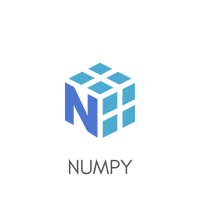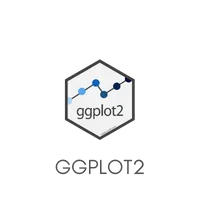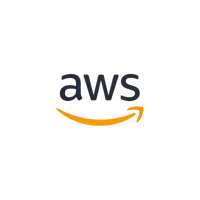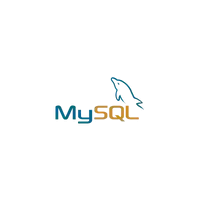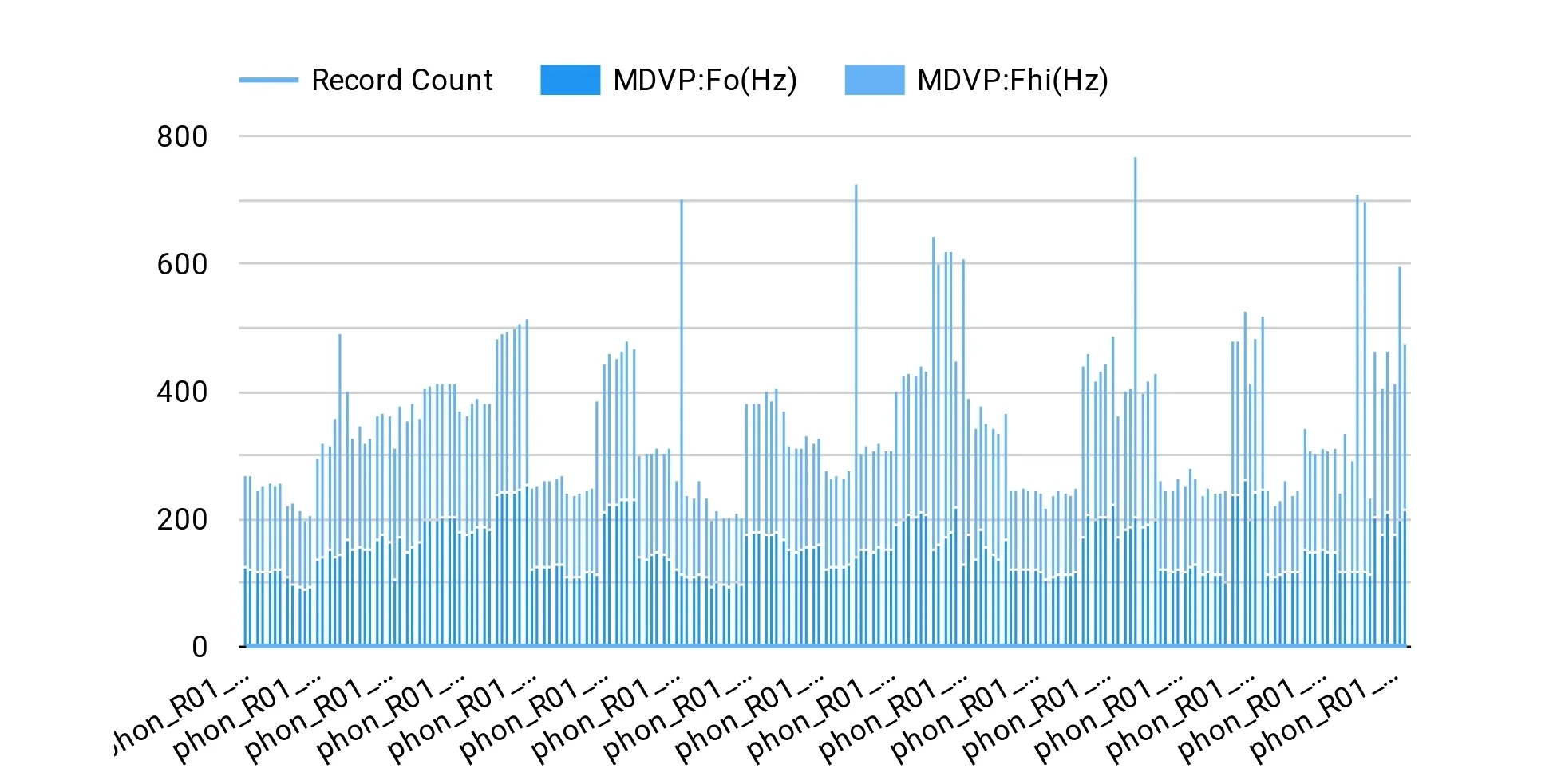Opportunity
A prominent healthcare company in Melbourne sought to modernize a suite of legacy algorithms originally developed in TCL, Julia, C/C++, and Java by transitioning them to the latest version of Python. Additionally, they needed new algorithms to detect and analyze movement disorders in patients. They aimed to enhance these algorithms and integrate various machine learning techniques to significantly improve accuracy and predictive capabilities. Recognizing the need for an experienced Data Science team, they partnered with Devsort.
Approach
To tackle this challenge, we adopted a comprehensive approach:
- Language Transition: Converting algorithms from multiple languages (TCL, Julia, C/C++, Java) to Python while preserving functionality and accuracy.
- Performance Optimization: Improving the performance of the algorithms to handle large datasets efficiently.
- Maintainability: Refactoring the code enhances readability, reduces complexity, and facilitates more accessible future updates.
- Algorithm Enhancement: We refined and optimized existing algorithms to increase their accuracy in detecting movement disorders.
- Machine Learning Integration: We implemented various machine learning techniques to boost predictive capabilities and provide detailed analysis.
- Automated Testing: We implemented a variety of tests, including doctests and integration tests, to verify the accurate functionality of the algorithm.
- Data Complexity Management: We managed complex and diverse data from multiple sources to ensure comprehensive and reliable results.
- 9. Research and Development: We conducted thorough research to identify the most effective methods for analyzing movement disorders.
Solution
Our solution involved the development of advanced algorithms and machine learning models that significantly improved the detection and analysis of movement disorders. Key aspects of our solution include:
Unified Code Base: We consolidated various components written in multiple languages into a single language, enhancing comprehensibility and code maintainability.
Advanced Predictive Capabilities: The integration of machine learning provided advanced predictive features, enabling earlier detection and better patient outcomes.
Effective Monitoring Tools: Developing advanced diagnostic and monitoring tools has helped healthcare providers manage and treat movement disorders more efficiently.
Impact
The implementation of our solution has had a profound impact:
Enhanced Maintainability: The transition to Python resulted in more maintainable and readable code, making it easier for developers to understand and modify.
Improved Performance: Optimization techniques applied during refactoring led to faster execution times and more effective handling of larger datasets.
Better Integration: The refactored algorithms integrate seamlessly with modern data analysis tools, enabling more sophisticated analysis and visualization.
Increased Accuracy: The updated algorithms detect Parkinson’s disease parameters accurately, contributing to better patient monitoring and research outcomes.
Future-Proofing: By adopting Python, a widely used and supported language, the algorithms are now future-proofed, ensuring long-term usability and support.
Deeper Understanding: The project contributed to a deeper understanding of movement disorders, informing future research and treatment approaches.
Research Contributions: The techniques and findings from this project have added valuable insights to the field of movement disorder analysis and the application of machine learning in healthcare.
Tools & Technologies
We utilized a range of advanced tools and technologies in this project:
Algorithm Development: Custom-developed algorithms for movement disorder detection.
Machine Learning Frameworks: TensorFlow, PyTorch for model training and integration.
Data Processing: Pandas, NumPy for handling complex datasets.
Model Types: CNN, LSTM, SVM, Random Forest, Regression, XGBoost, AdaBoost
Development Environment: Python, Jupyter Notebooks.
Cloud Platform: AWS
Software Development Platform: Docker
This project underscores our commitment to leveraging advanced technologies and rigorous research to enhance healthcare outcomes and deepen the understanding of complex medical conditions.
Need professional help? Talk to our experts for the best advice.
Tools and Libraries
Languages
Cloud
Data Storage




